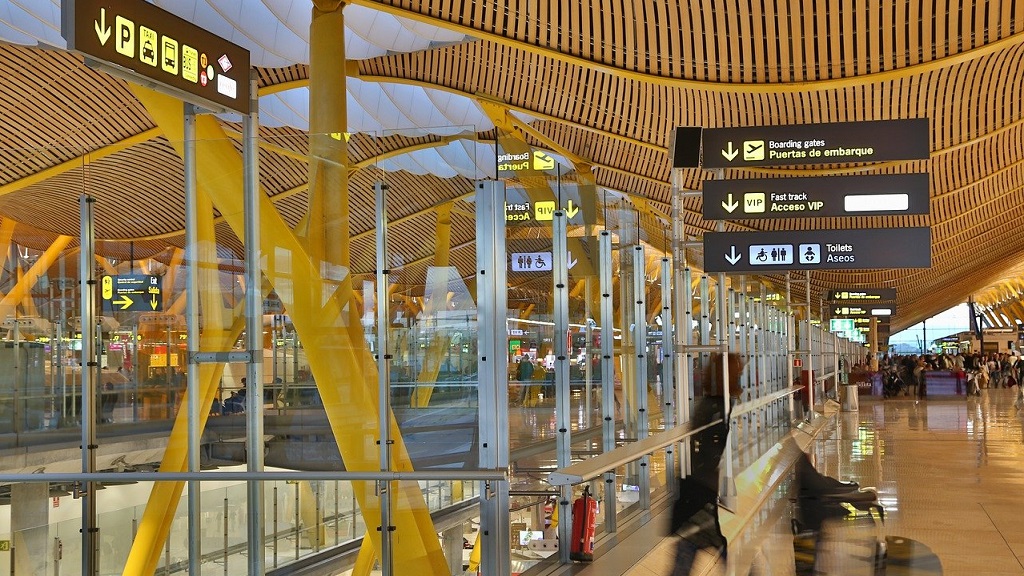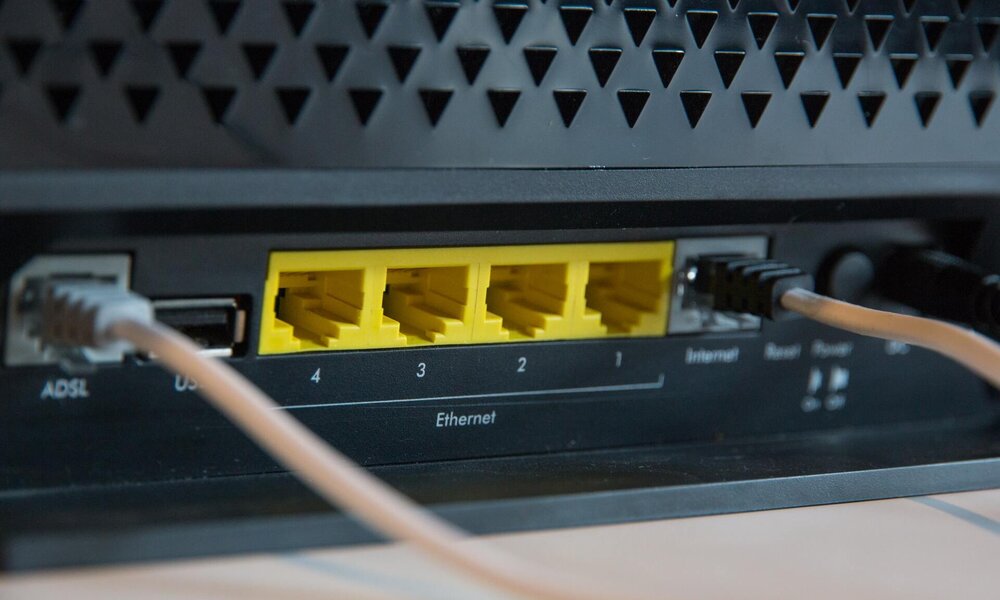
Making international shipments is always more complicated than national shipments, since such shipments are subject to stricter regulations, the requirements that products must meet increase and must be submitted to customs control. However, carrying out commercial transactions from Spain with other European countries is not so complicated since companies can benefit from the single market that exists in the EU and from existing trade agreements with other European countries.
Even so, goods that are exported to a non-EU country such as Switzerland, Norway, Iceland, Liechtenstein, Turkey, Andorra, San Marino, Ukraine, Serbia, Albania… are required to comply with customs formalities. After Brexit and its exit from the EU, these customs procedures also affect the United Kingdom.
There are also some products that must comply with certain obligations and others to which some additional regulations are applied, such as chemical and pharmaceutical products and products subject to excise duties. Ismael Barriuso, customs officer at Intermodal Forwarding, explains all the regulatory ins and outs to help Spanish companies know what requirements they must meet to export goods to Europe.
European regulations and specifications to be met by the products
“The EU establishes essential requirements to ensure that products marketed in the EU meet strict environmental, safety and health standards”Explain Ismael Barriuso. Before placing goods on the EU market, the company must ensure that the products meet the EU requirements for food safety, protection of human and animal health, the environment and consumer rights.
There are some products that must meet ecodesign requirements, which are minimum requirements for energy efficiency. “Its objective is to reduce the negative repercussions on the environment throughout the life cycle of the products”Barriuso.
On the other hand, the European Chemical Substances and Mixtures Agency (ECHA) establishes requirements for the use of chemical substances and mixtures (REACH) that comply with EU regulations on classification, labeling and packaging, classification of chemical substances and mixtures. And the European Medicines Agency requires compliance with another series of requirements to be able to market medicines for human use and veterinary use.
In order to be sold in the EU, products manufactured anywhere in the world must bear the CE marking. “This CE marking shows that the manufacturer has evaluated the product and considers that it complies with the safety, health and environmental protection requirements demanded by the EU.”, exposes Ismael Barriuso. “The CE marking cannot be placed on the product itself. If it is packed, it can be seen in the packaging and if not in any document that accompanies the product”.
“For some product categories there are standards and technical specifications common to the entire EU”. Standardization is managed by national standardization bodies, which incorporate all European standards through identical national standards that avoid conflict with them.
Currently, the same rules apply in all EU countries. “Harmonized standards apply to product groups, such as toys, or to product characteristics, such as electromagnetic compatibility.. The requirements applicable to each product can be checked in the Access2Markets database which is structured around customs codes.
The harmonized standards establish technical specifications that are considered appropriate or sufficient to meet the technical requirements of European legislation. “EU technical requirements are mandatory, while generally the application of harmonized standards is voluntary”, clarifies Barriuso.
Non-harmonized standards in the EU
There are also product standards that are not harmonized in the EU, so national specifications and requirements may differ in each country. “In this case, Spanish companies must only comply with the regulations applicable in the EU country where their product is going to be marketed.”, explains the customs officer of Intermodal Forwarding.
Sometimes technical standards developed at the national level can create unnecessary obstacles to intra-EU trade, which is why the principle of mutual recognition of goods guarantees market access for goods that are not or only partially subject to EU harmonization legislation.
“This mutual recognition ensures that any good legally sold in one EU country can be sold in another. This is possible even if the good does not fully comply with the technical standards of the other country”.
Companies that export to the EU above a certain value have to submit an intrastat report and declare the circulation of merchandise that exceeds the corresponding established annual threshold. “These commercial flows must be declared and the physical movements of products from Spain to the other Member State of arrival must be detailed in the Intrastat system”.
Every year each EU country establishes the thresholds above which the movement of goods must be declared. In Spain, it is mandatory to present the Intrastat declaration in intra-community operations whose value reaches the exemption threshold set at 400,000 euros.
Intra-community deliveries of goods are exempt from VATto avoid paying this tax, the company must register in the Registry of Intra-Community Operators. “But sometimes this VAT is taxed in the country of destination, therefore, both the importer and the exporter must have a registered intra-community operator number and be registered in the VIES census”, Barriuso ends.



